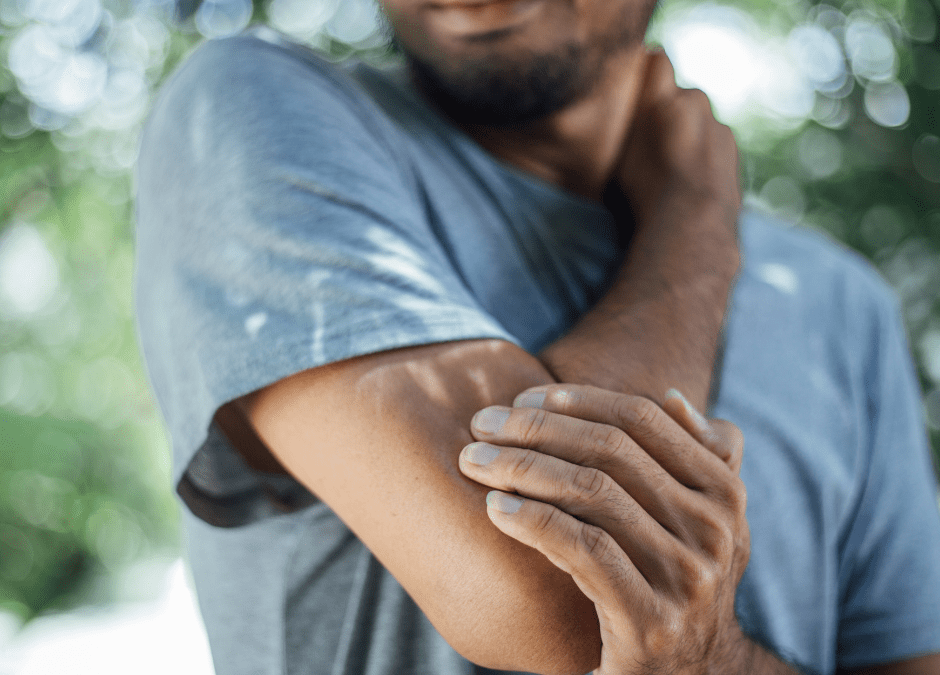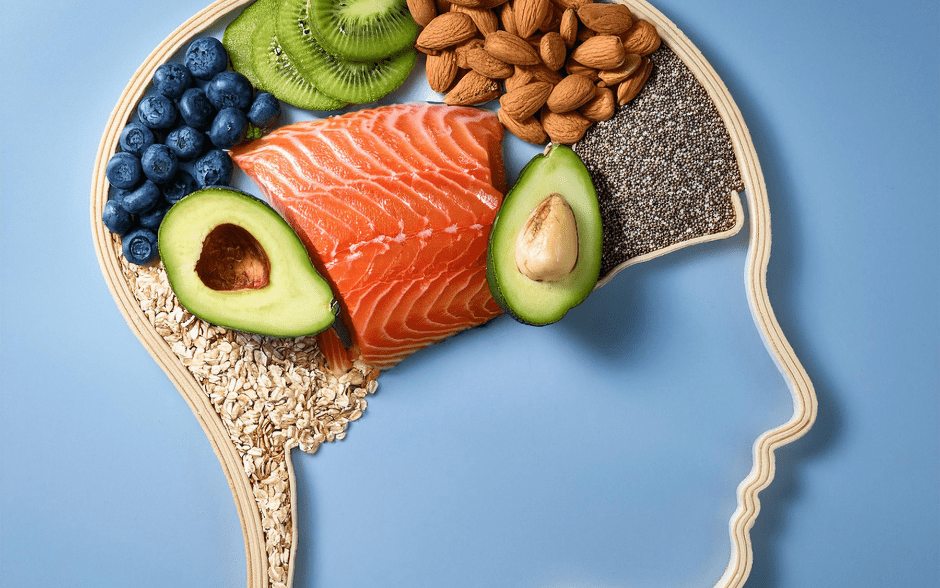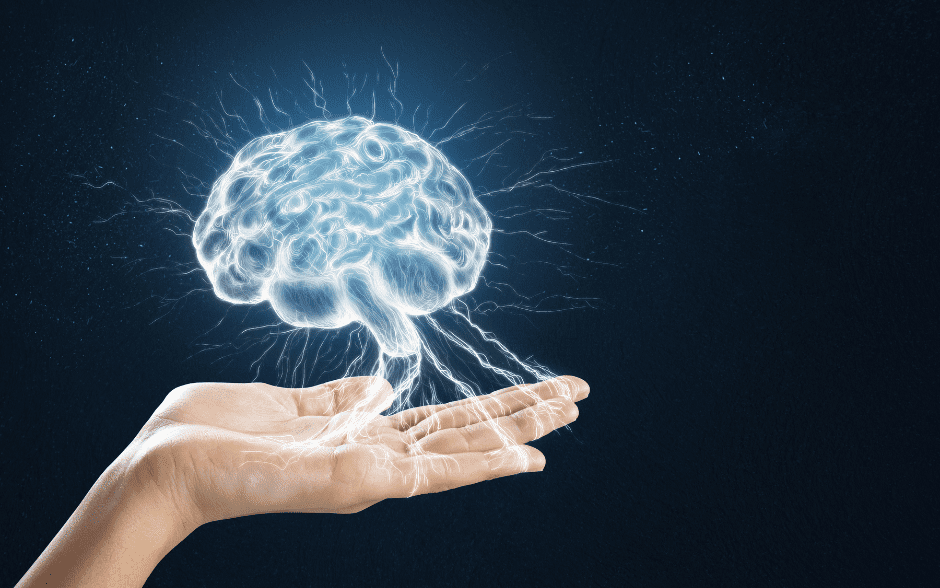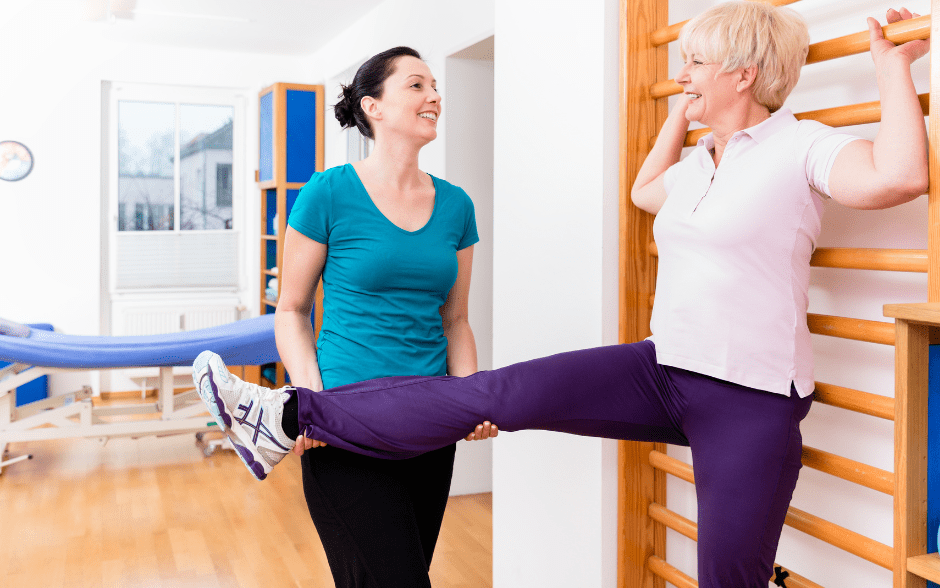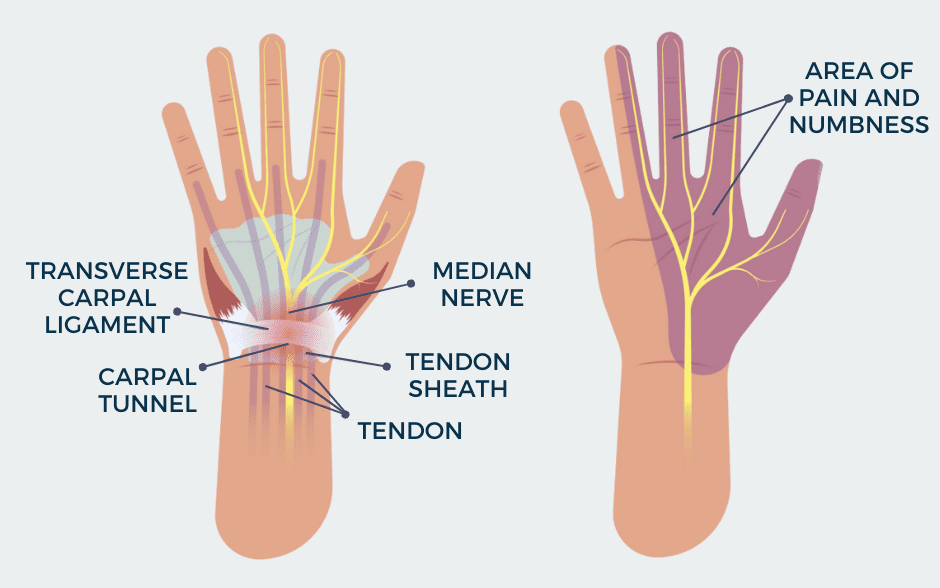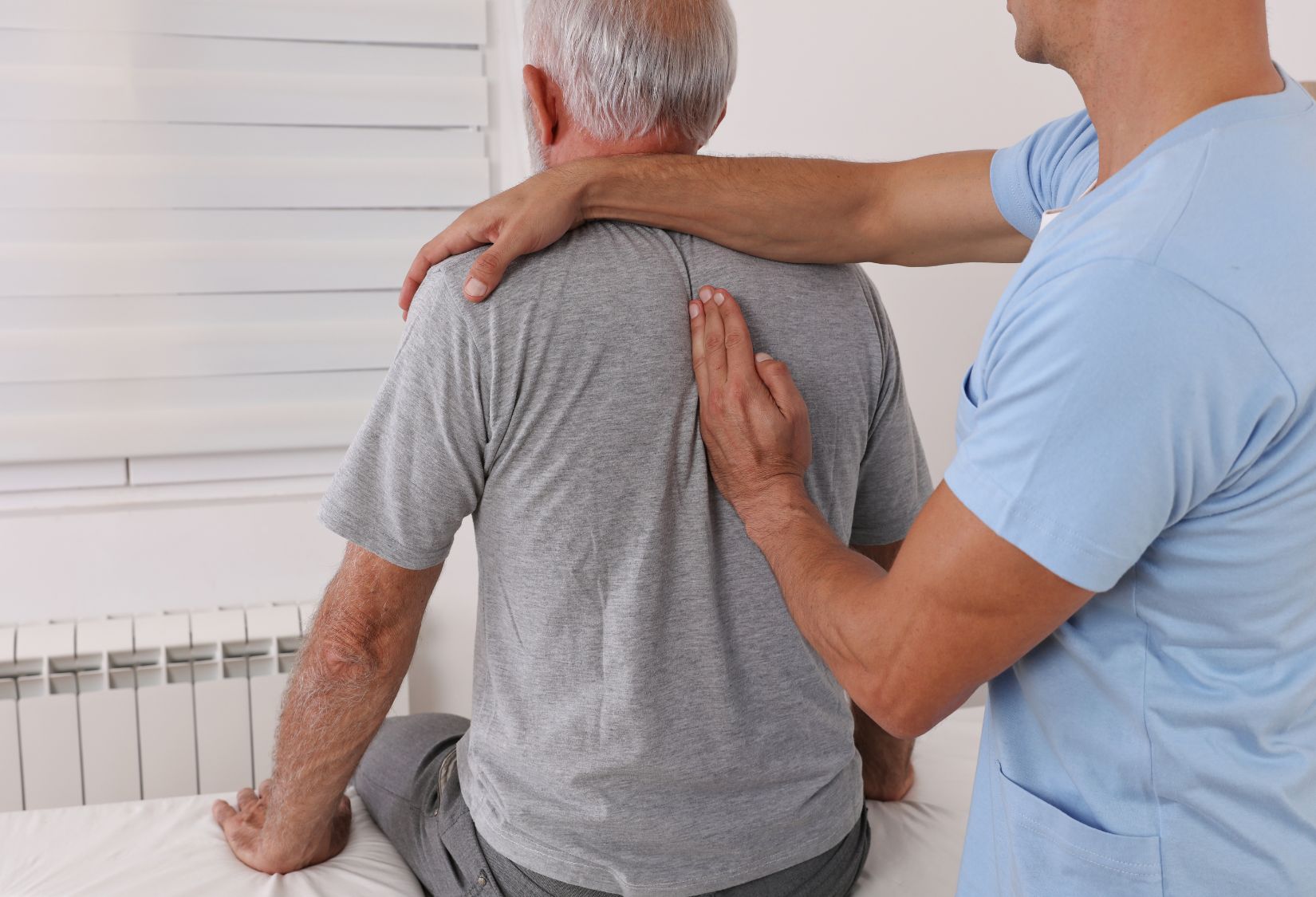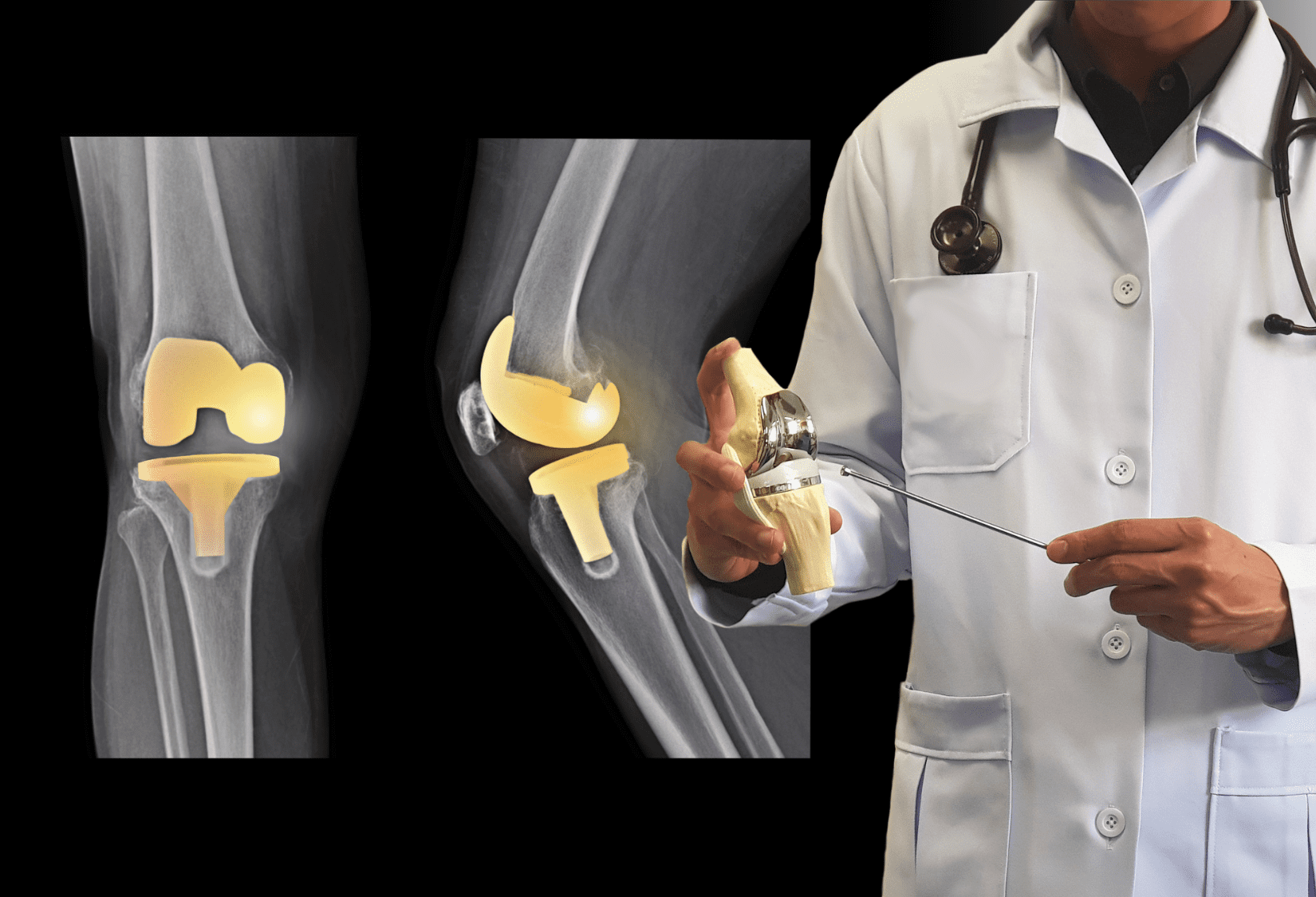If you suffer from elbow pain longer than seven days, you might have a condition called “golfer’s elbow” or “tennis elbow”. Despite its names, athletes aren’t the only people who develop tennis or golfer’s elbow. It is very common among construction site workers. Many office workers also complain of elbow pain. The risk increases with age – we are more prone to experience elbow pain and limited mobility after the age of fifty.
Although we do not even notice it, our forearms, wrists, and hands perform thousands of maneuvers every day. If we repeat the same movements for at least two hours a day for months or years, we can develop a condition called tennis elbow or golfer’s elbow. And although the name suggests a disease related to the elbow itself, it affects the muscles and tendons surrounding it. Sometimes the pain is caused by irritation of the radial nerve that leads from the neck to the hand. The problem is caused by recurring micro-injuries we suffer daily. They are unnoticeable but overlap for years, eventually, leading to abnormal tissue healing. It results in chronic inflammation and degenerative disease of the muscle attachment, manifested by pain in the area of elbows, as well as wrists and hands.
How to distinguish a tennis elbow from a golfer’s elbow?
Tennis elbow is an overuse and muscle strain injury. It can be a consequence of the repeated contraction of the forearm muscles that we use to straighten and raise our hands and wrists. The recurrent motions and stress to the tissue may result in a series of tiny tears in the tendons attaching the forearm muscles to the bony prominence at the outside of an elbow and resulting in pain in that area as well as a wrist or a hand. As the name suggests, playing tennis – especially repeated use of the backhand stroke with poor technique – is one of the possible causes of the condition. People who play badminton, squash, ping pong, or practice rowing for several hours a day may also experience elbow pain. Many other common arm motions, not related to sports, can also cause the condition – using plumbing tools, painting, driving screws, and cutting up meat. Office workers suffer from that condition as a result of repetitive computer mouse use which leads to the compression of the radial nerve.
Golfer’s elbow is a condition similar to a tennis elbow but mainly affects the wrist flexors located at the inner part of the elbow. It can be caused by strong, repeated for long time movements related to work in such professions as construction, plumbing, and carpentry. Sports can also play a role in causing this condition. Lifting weights using the wrong technique, incorrect baseball or softball throwing technique, archery, and javelin throwing can all lead to muscle and tendon problems with that part of the body. People with golfer’s elbow pain experience discomfort and pain during internal rotation of the forearm and bending of the wrist and fingers. It is very common for pain to appear when squeezing hands in greeting.
Treatment
Treatment begins with avoiding activity that causes pain. it is recommended to take a break from practicing sports and to facilitate the arm at work. Applying cold compresses, taking anti-inflammatory drugs, and using a brace can also relieve the pain. However, if the symptoms persist longer than a week, we should consider seeing a physical therapist who specializes in elbow problems. Kris Krasowski, a physical therapist from PDR Physical Therapy and a specialist in manual therapy with over thirty years of work experience, says: “The first step of properly conducted rehabilitation is the correct diagnosis. We do not need imaging such as X-rays or ultrasounds to diagnose a patient. Our hour-long initial evaluation let us interview and examine a patient, determine the origin of the disorder, and implement an appropriate solution. In our years of experience, the Counterstrain manual therapy technique and the Graston technique, in combination with modalities and exercises, are the most effective in treating these conditions. Ultrasound, therapeutic laser, Kinesio taping, and proper workout are excellent complements to the advanced manual therapy techniques we use. It is important to remember that we should not try to perform physical therapy on our own. If done incorrectly, it can do more harm than good. I recently treated a gentleman who had developed elbow problems while working as a plumber for many years. He figured it was nothing serious and he decided to work it out on his own. Unfortunately, he hurt himself badly, and instead of taking two to three weeks to heal, it took us almost three months to solve the problem.”
Problems in the elbow should not be taken lightly. If started with the first symptoms, professional physical therapy may help avoid more serious issues and long-term treatment in the future. For this reason, even relatively minor pain in this part of the body should be consulted by a specialist.

